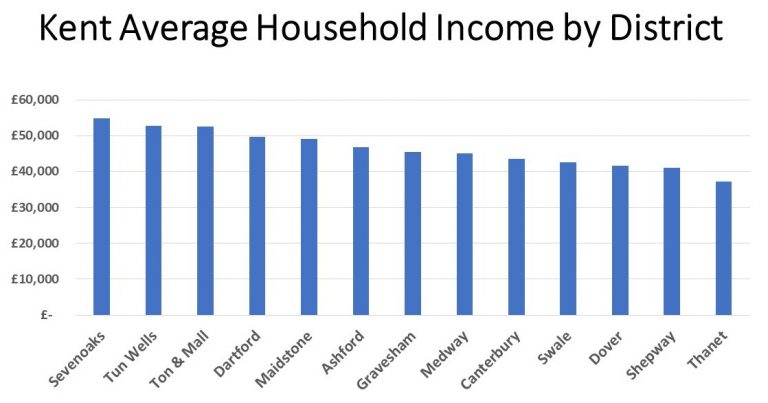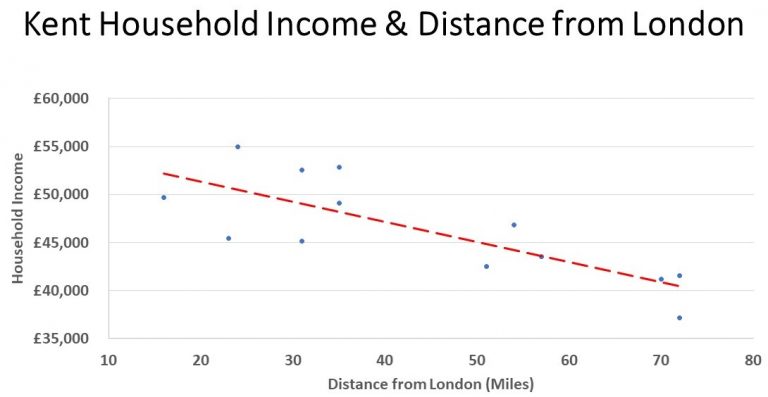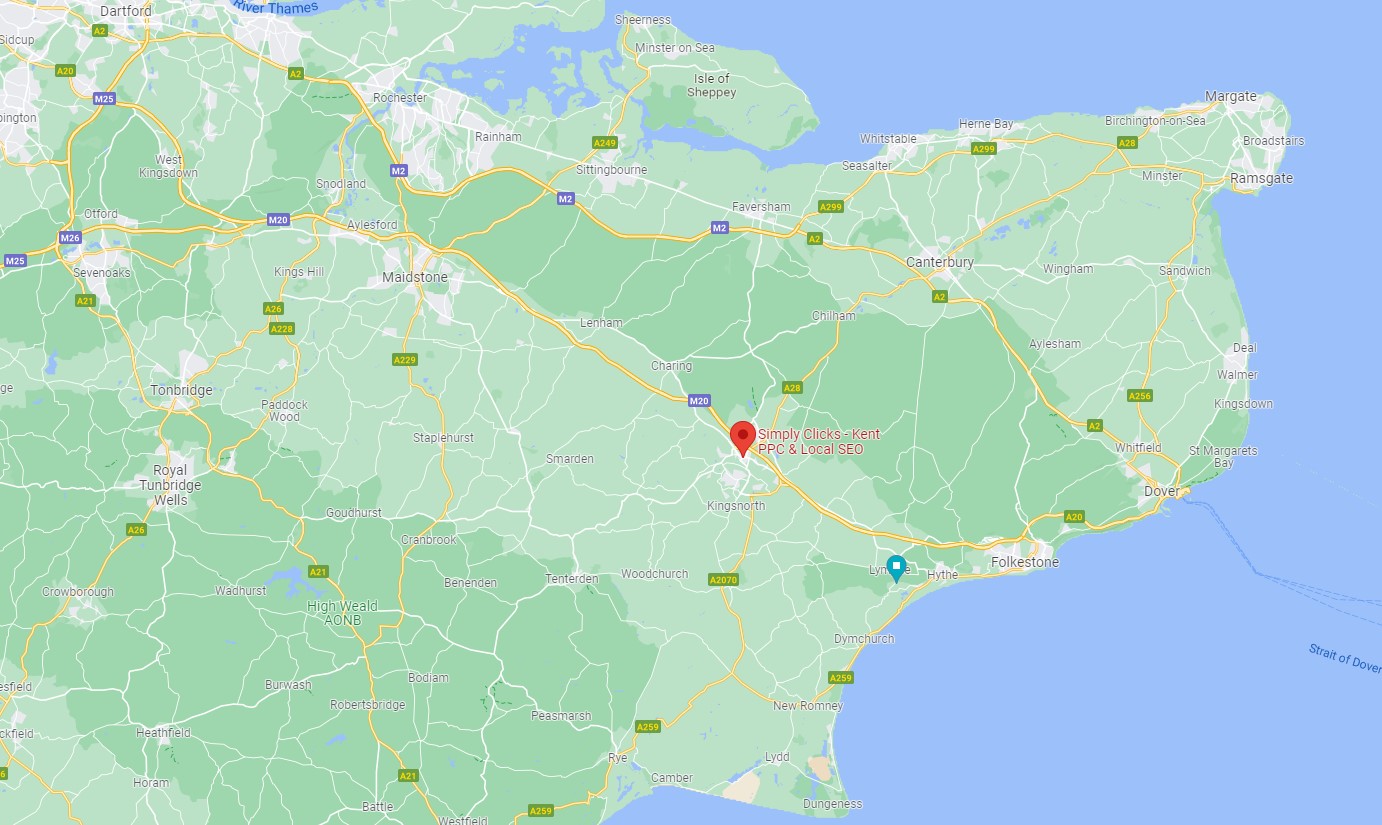
For many business owners in the hospitality industry, online distribution platforms like Booking.com and Airbnb seem like a no-brainer. These platforms promise to increase visibility, attract a wider audience, and simplify bookings. However, as enticing as these benefits may be, they come with a set of significant drawbacks that often go unnoticed until they start to impact your bottom line or overall operations. Let’s dive into some of the key challenges business owners face when relying heavily on these platforms.
1. High Commission Fees Eat Into Profits
One of the biggest downsides to using platforms like Booking.com is the steep commission fees. For every booking made, these platforms charge a percentage, often ranging between 10% and 25%. For small businesses, this can quickly add up, eroding profit margins. What may seem like an affordable customer acquisition cost at first can snowball into a significant expense, especially if the majority of your bookings come through these travel platforms.
2. Loss of Direct Customer Relationships
When guests book through an intermediary like Airbnb, the direct relationship between the host and the customer is weakened. Platforms control most of the communication and customer data, leaving businesses with limited insights into their audience. This lack of control makes it harder to build loyalty, upsell services, or re-engage guests directly for future stays.
3. Over-Reliance on Third-Party Platforms
Many businesses become overly dependent on online travel agencies (OTAs) for bookings. While these platforms can be a reliable source of customers, this dependency poses risks. Changes in algorithms, policy updates, or increased competition within the platform can significantly impact your visibility and booking rates. If the platform experiences technical issues or market shifts, your business could suffer.
4. Pricing Constraints and Rate Parity Agreements
OTAs often require rate parity, meaning you can’t offer lower prices on your own website or other platforms. This restricts your ability to use competitive pricing strategies and incentives to drive direct bookings. Additionally, platforms frequently run promotions or discounts that affect your listing, sometimes without your explicit consent, potentially impacting your brand image and perceived value.
5. Reputation and Review Management Challenges
While reviews are critical for building trust, platforms like Airbnb and Booking.com often centralise control over your business’s reputation. Negative reviews, even if unwarranted, can significantly harm your listing’s ranking and visibility. Moreover, the process for disputing or addressing unfair reviews is often cumbersome, leaving business owners frustrated and powerless.
6. Lack of Customisation and Branding
Online distribution platforms limit how businesses can showcase their unique identity. Listings follow a standardised format, which can make it hard to stand out from competitors. You’re confined to the platform’s design, layout, and features, making it nearly impossible to fully communicate your brand story or create a memorable customer experience.
7. Increasing Competition
As these platforms grow, so does competition. For example, Airbnb now features not only individual hosts but also professional property managers and boutique hotels. The increased supply of listings can dilute your visibility, making it harder to attract bookings without investing in paid promotions or higher commissions.
8. Policy Changes Without Warning
OTAs frequently update their terms of service, cancellation policies, or commission structures. These changes can directly impact your business operations or profitability. For example, during the COVID-19 pandemic, many platforms implemented customer-centric refund policies without consulting hosts, leaving business owners to absorb the financial losses.
9. Limited Control Over Guest Behavior
Platforms often prioritise guest satisfaction, sometimes at the expense of hosts. This can result in disputes or costs that the platform may resolve in the guest’s favour, regardless of circumstances. Airbnb, for instance, has been criticised for leniency toward guests who cause property damage or violate house rules.
10. Data Ownership and Insights
Data is one of the most valuable assets for any business. Unfortunately, platforms like Booking.com and Airbnb retain most of the customer data, leaving you with limited access to insights about your audience. This lack of data hampers your ability to understand customer preferences, improve services, and tailor marketing efforts.
Conclusion: A Balanced Approach Is Key
While platforms like Booking.com and Airbnb can be valuable tools for generating bookings, it’s essential for business owners to understand their limitations. Diversifying your distribution strategy is crucial to reduce dependency on these platforms. Invest in building a strong direct booking channel through your own website, optimise your SEO and digital marketing efforts, and cultivate a loyal customer base.
Ultimately, these platforms should supplement your business strategy, not define it. By striking the right balance, you can leverage their reach while maintaining control over your brand, profitability, and customer relationships.





